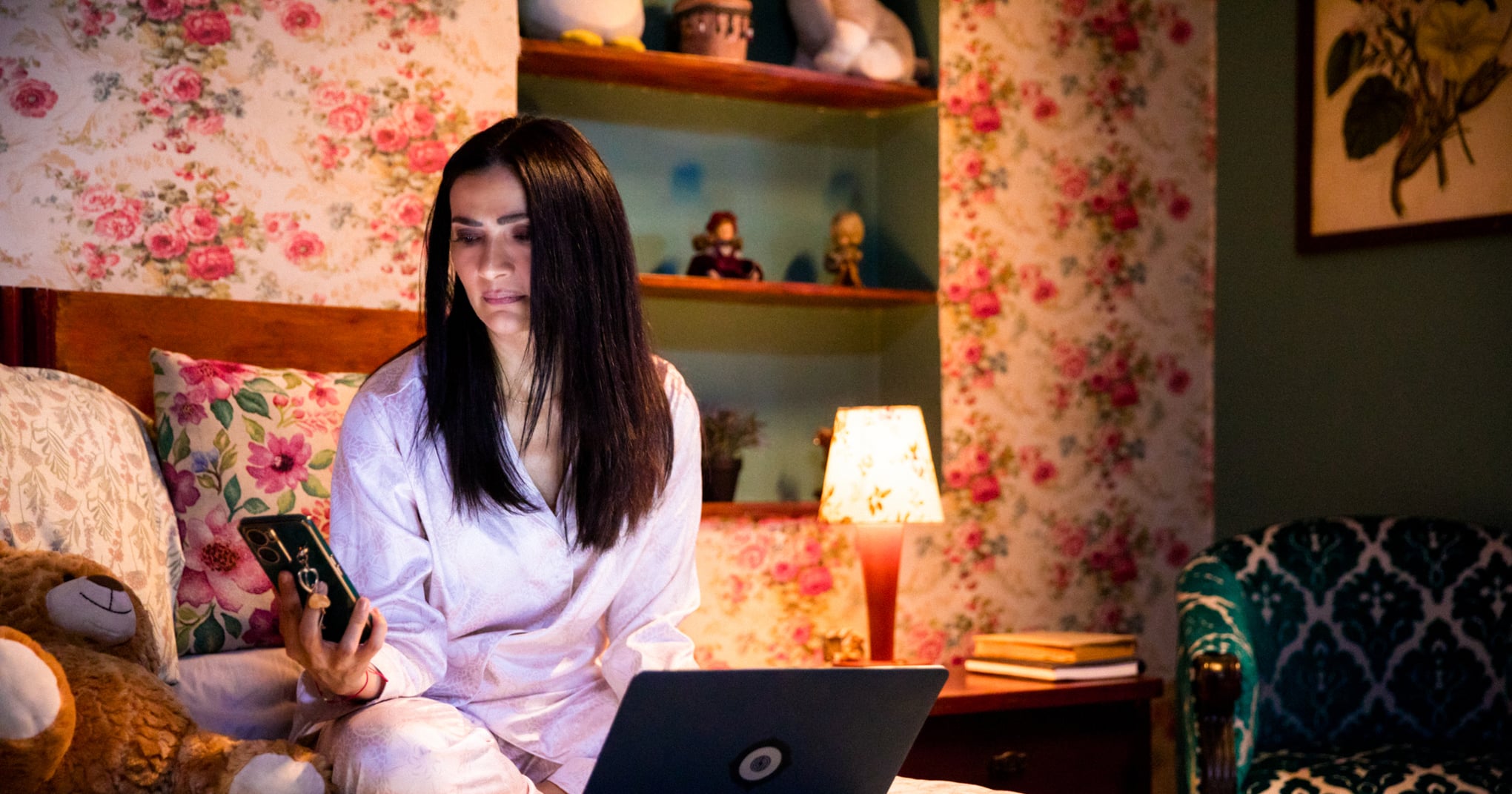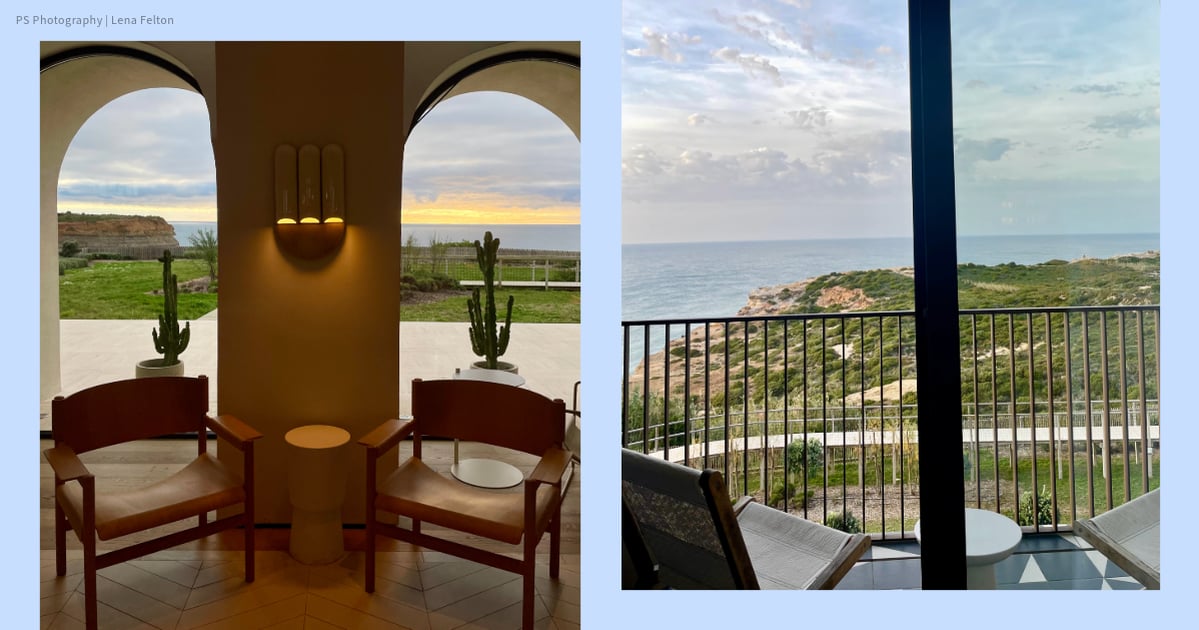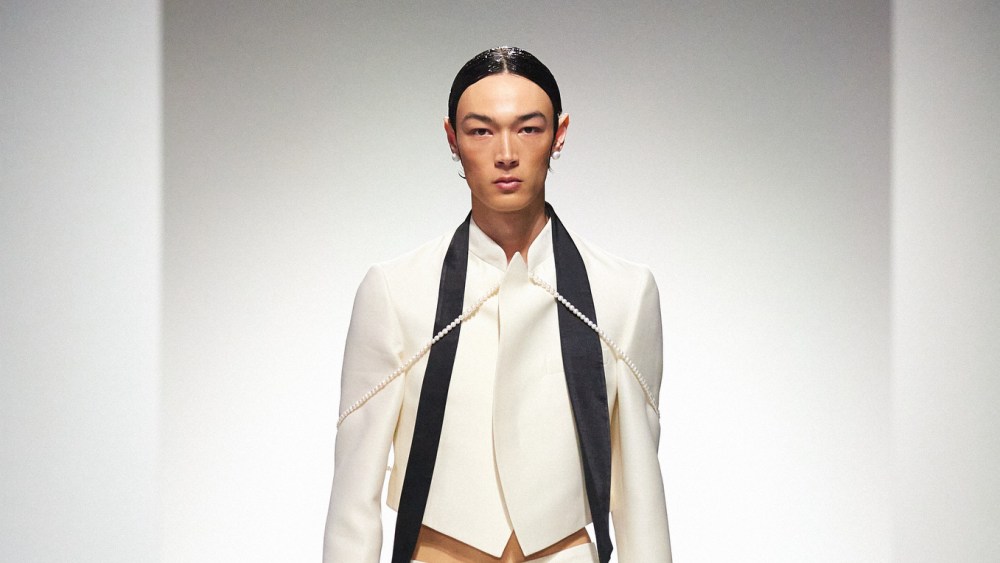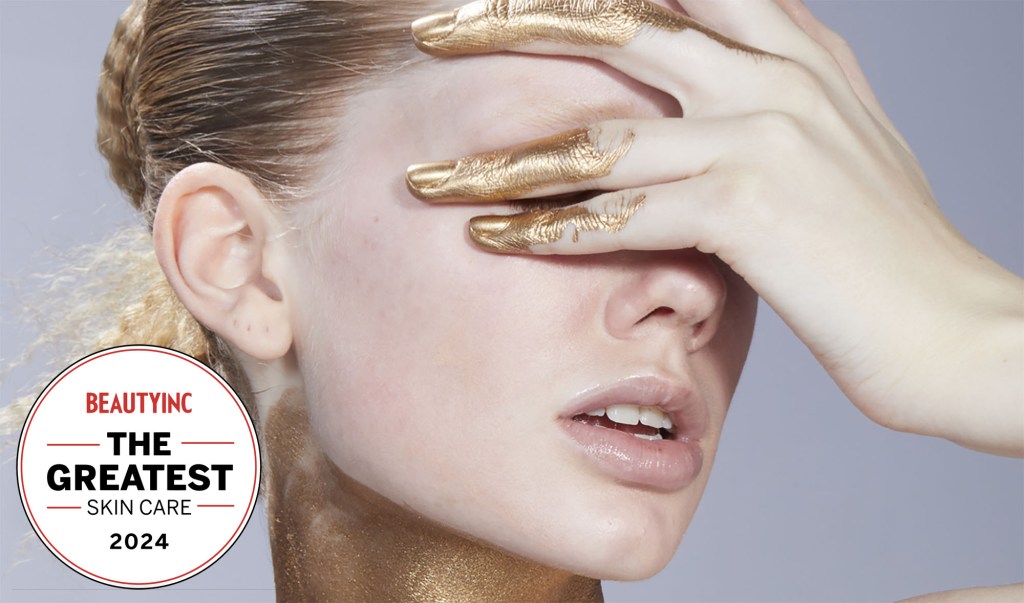When “Yo Soy Betty, La Fea” aired its first and only season starting in 1999, no one could have imagined the impact a Colombian telenovela that followed Betty Pinzón, a quirky, corporate Latina protagonist navigating her career and love life, would have on millions of people around the world. The show was televised in 180 countries, dubbed in 15 languages, and remade into 28 international adaptations – with one of the most prominent remakes starring America Ferrera as “Ugly Betty.”
In “Betty La Fea” – and every rendition thereafter – Betty’s long, frizzy dark hair, oversized glasses, mouth full of braces, and bushy eyebrows elicited unwarranted disgust and ire from most of her coworkers. Her looks were the throughline of every episode, which was fitting, given that the Spanish title translates to “I Am Betty, the Ugly One.” But for countless Latines who grew up watching the show, Betty was a beacon of hope for those of us raised in beauty-obsessed Latine cultures.
Betty’s perseverance while combating the pressure of society’s beauty standards made her one of the most relatable TV characters of our time and certainly played a role in making “Betty La Fea” the most successful telenovela in history. After more than two decades since the original series’ release, Betty returns to the small screen in the new Prime Video sequel “Betty La Fea, The Story Continues.” It will stream on July 19 with the original cast, including Ana María Orozco as the titular star. She’s now in her 40s, looks elegant and is considered a successful woman, mother, and wife. But with her return, Betty is back to remind us and those around her that her success was never solely contingent on her appearances.In fact, that’s the first lesson Betty teaches us at the beginning of the 1999 “Betty La Fea” series.
Ahead of the sequel’s release, it’s important to relive the original. In the very first episode of the telenovela, two jobseekers are interviewed for the same assistant role at the fashion company Ecomoda. While the hiring managers ogle the blonde-haired, blue-eyed applicant Patricia, they gawk and grimace at Betty. Betty knows, based on their reaction, that she made the right decision not attaching her headshot to her resume or else she most likely wouldn’t have made it this far in the hiring process. Even after seeing her, Ecomoda president Armando realizes Betty has the necessary expertise and competence to advance the company’s needs and he hires them both – much to the hiring managers’ chagrin.
In the 2006 U.S. adaptation “Ugly Betty,” Betty Suarez dizzyingly traversed between the 2000s American culture’s obsession with thinness and Latine culture’s obsession with curviness. Her coworkers blatantly shamed her for her body, often going as far as insinuating that Betty didn’t deserve designer clothes or the opportunities she worked for because they thought she was unattractive. Meanwhile in Colombia, where plastic and cosmetic surgery were popular and gaining traction throughout the rest of Latin America, Betty Pinzón faced an endless amount of comments about how not even plastic surgery could make her beautiful. Instead of getting worn down by their commentary, Betty processed her emotions and confidently carried on to chase and achieve her dreams.
While we now live in a post-Girlboss world where female empowerment is prevalent in TV shows and movies like 2023’s “Barbie,” “Betty La Fea” challenged the definition of beauty around the world, especially in Latine communities, at the turn of the 21st century. For many Latinas who grew up watching “Betty La Fea” and “Ugly Betty,” it was about more than just seeing our cultural struggles with impossible beauty standards reflected on a screen. We now had our own Latina heroine who challenged beauty norms and succeeded in spite of the misogyny she faced at every turn.
In 2024, Betty continues to model the power of self-assuredness in the face of adversity and the modern-day problems that come with being an ambitious career woman, mother and partner. She works on breaking generational trauma by repairing her relationship with her teen daughter Mila and encourages her to chase after her ambitions in fashion. Finally, as Betty returns to Ecomoda, where her story began, we get to see her confront Armando, Marcela and the other characters who relentlessly undermined and underestimated her.
While Betty is now conventionally beautiful in “Betty La Fea, The Story Continues,” life isn’t necessarily easier because of it. In fact, when Betty faces tough decisions that will change the trajectory of her family’s success and her romantic relationships, she trades in her fancy clothes and sleek hair for her old secretary-themed wardrobe and reverts to her old curly hairstyle, complete with bangs that she cut herself. As Betty makes space to learn new lessons in these new parts of her career, parenthood and love life, she’s bracing herself to share the most real, vulnerable and empowered version of herself we’ve ever seen.
Zameena Mejia is a Dominican American freelance writer born and raised in New York City. She is passionate about storytelling and uplifting diverse voices in beauty, wellness, and Latinx lifestyle. Zameena holds a BA in journalism and Latin American studies from the State University of New York at New Paltz and an MA in business reporting from the Craig Newmark Graduate School of Journalism.




